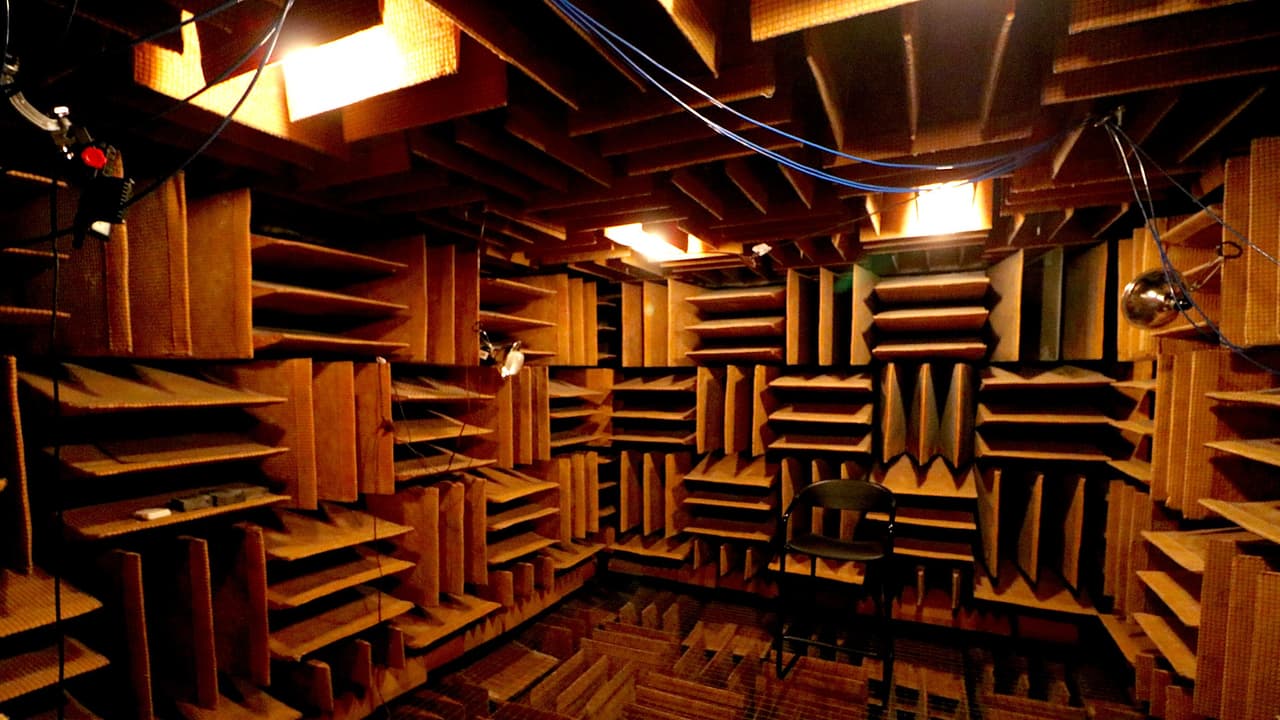Back in 2015, Microsoft constructed what the Guinness Book of World Records officially named as the most silent space on the planet — the anechoic chamber at its Redmond, Washington headquarters.
Silence may be golden — but step into the quietest room on Earth, and it turns into something far more unsettling. Back in 2015, Microsoft constructed what the Guinness Book of World Records officially named as the most silent space on the planet — the anechoic chamber at its Redmond, Washington headquarters. During “ultra-sensitive tests” that year, the chamber registered an almost surreal background noise level of –20.35 dBA (decibels A-weighted, a measurement of sound pressure), plunging far beneath the threshold of human hearing.
Few have managed to endure the stillness for long — an hour is the maximum anyone has survived inside. Within mere minutes, the absence of external noise turns inward. First, you’ll hear your heartbeat. Soon after, the faint grinding of your bones, the rush of your blood, and the internal mechanics of your own body become inescapable.
Scroll to load tweet…
The chamber’s purpose is not to render you deaf to all sound, but to strip away the outside world, leaving only the soundtrack of your own existence.
For perspective, spaces we imagine as whisper-quiet such as library reading rooms still measure around 40 decibels, a world apart from this sonic abyss. In Microsoft’s chamber, the sheer lack of reverberation disorients the brain, impairing spatial awareness. Without ambient sound to anchor you, balance becomes a challenge, and an almost oppressive ringing fills your ears.
“When you turn your head, you can even hear that motion. You can hear yourself breathing and it sounds somewhat loud,” explained Hundraj Gopal, the principal designer of the chamber, which took two painstaking years to engineer, according to New York Post.
The term anechoic literally means “without echo.” This engineering marvel is encased in six layers of concrete and steel, resting on vibration-damping springs to isolate it from the world. Inside, every surface floors, walls, ceilings is studded with fiberglass wedges to absorb sound before it can ever bounce back.
Meanwhile, at Orfield Laboratories in Minneapolis, a rival chamber designed by Steven J. Orfield has reportedly achieved 24.9 dBA, reclaiming its position as the ultimate void of sound.
